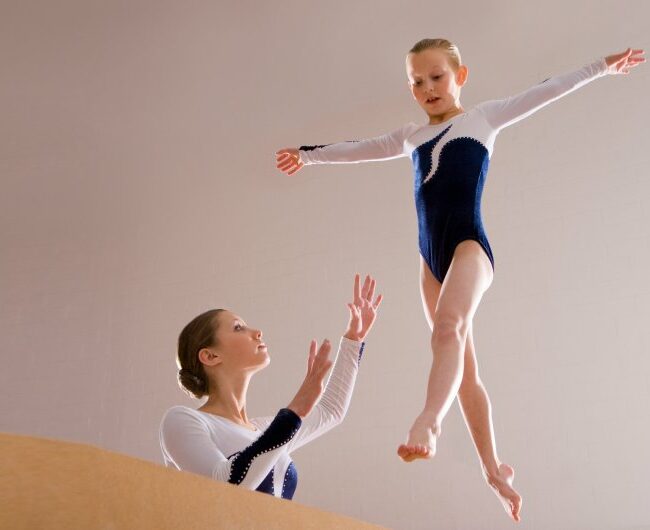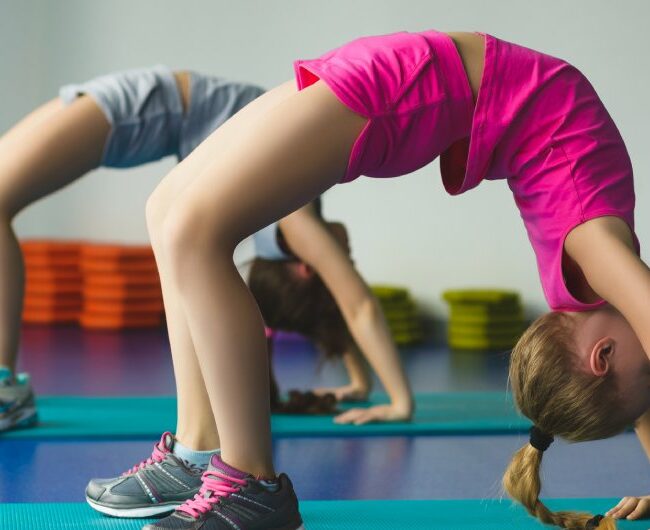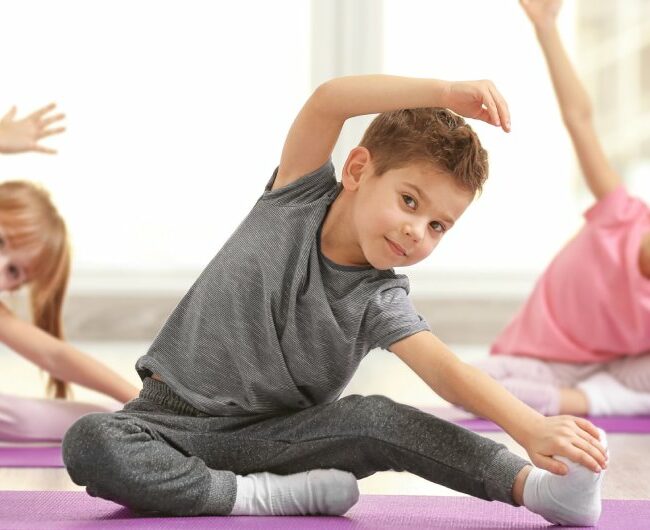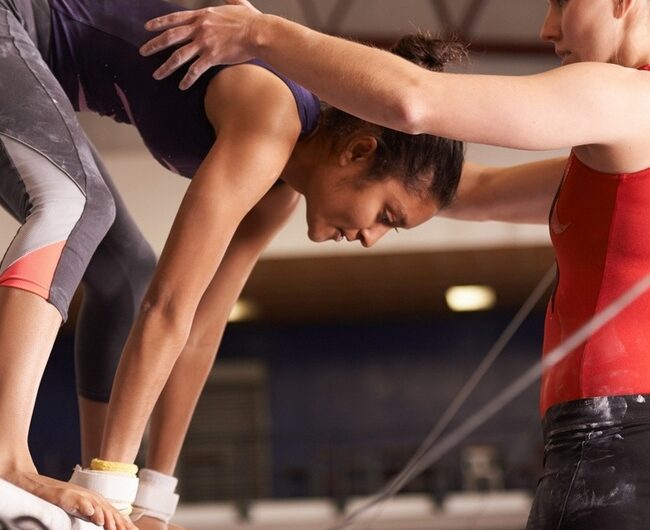The Training Techniques for Successful Artistic Gymnastics Competition
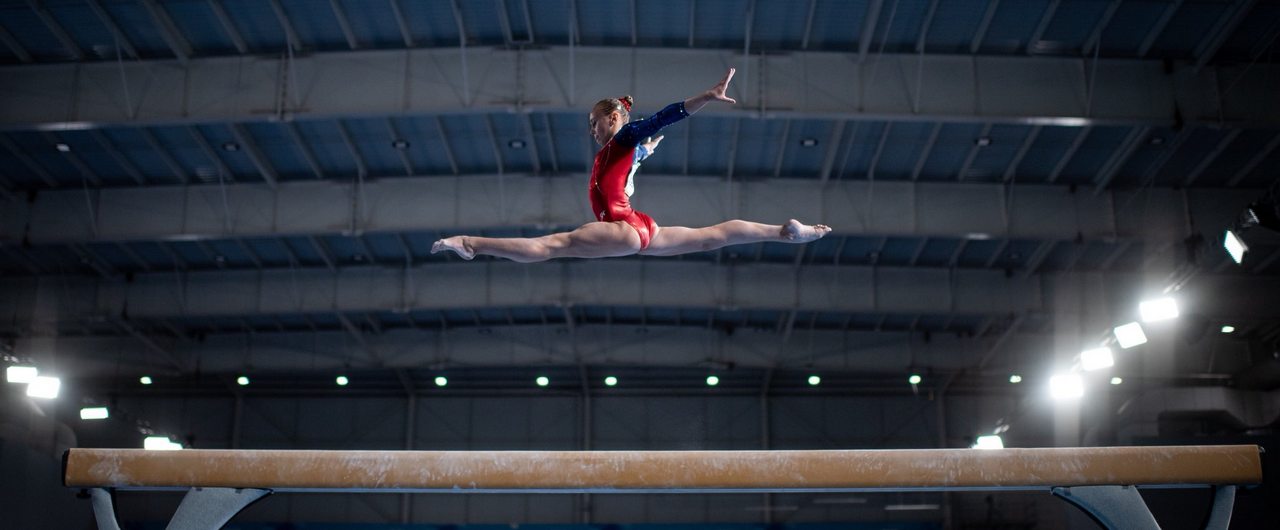
Rhythmic and artistic gymnastics are two of the most beautiful and captivating sports in the world. They require a combination of athleticism, grace, and precision that can only be achieved through rigorous training and skill development.
If you are looking for a fun and challenging way to stay fit and flexible, signing up for artistic gymnastics classes in Dubai can be an excellent choice, as you will have access to top-notch facilities, experienced coaches, and a supportive community of fellow gymnasts.
In this blog post, we will explore some of the training techniques and skills that are required for successful gymnastics competitions.
Strength and Flexibility Training
Strength and flexibility are the two most important components of gymnastics training. Gymnasts must be able to perform a wide range of movements, from jumps and twists to flips and turns, all while maintaining proper form and technique. This requires a significant amount of strength and flexibility training, typically involving various exercises such as weight lifting, resistance training, and bodyweight exercises like push-ups and pull-ups.
One of the key aspects of strength and flexibility training is developing core strength. The core muscles play a critical role in supporting the body during gymnastics. Developing these muscles can help gymnasts maintain proper form and technique while reducing the risk of injury.
Skill Development and Technique Training
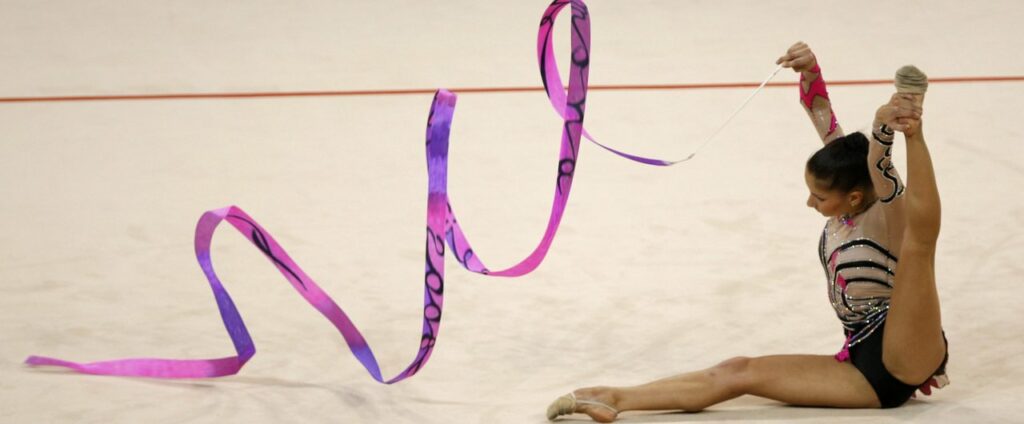
In addition to strength and flexibility training, gymnasts must also spend significant time developing their skills and perfecting their technique. This involves various exercises and drills and working on specific movements and routines.
For rhythmic gymnastics, skill development typically focuses on the ability to perform complex movements with objects such as hoops, balls, ribbons, and clubs. This involves a combination of strength, flexibility, coordination, and the ability to synchronize movements with music.
Contrarily, artistic gymnastics includes a greater variety of maneuvers, such as jumps, flips, and twists, in addition to apparatus like the balancing beam and uneven bars. Gymnasts must master a variety of abilities to succeed in artistic gymnastics, including strength, balance, coordination, and the capacity to perform under pressure. To practice gymnastics on a competition level, join gymnastics classes in Dubai and improve your skills with trained professionals.
Mental Training and Visualization Techniques
Successful gymnastics competition also requires mental strength and focus. Gymnasts must be able to perform under pressure, maintain concentration, and visualize their routines in their minds. To achieve this, gymnasts often use mental training and visualization techniques to help them stay calm and focused and reduce anxiety and stress.
Visualization involves mentally rehearsing a routine or specific movements and imagining yourself performing them perfectly. This can help gymnasts build confidence, improve their ability to perform under pressure, and reduce the risk of injury by assisting them in anticipating the next move and avoiding mistakes.
Conclusion
In conclusion, to excel in these sports, gymnasts must focus on strength and flexibility training, skill development and technique training, as well as mental training and visualization techniques. With the right combination of training and dedication, gymnasts can achieve great success in these sports and inspire others with their amazing performances.

 makeithappen@stamina11.com
makeithappen@stamina11.com




